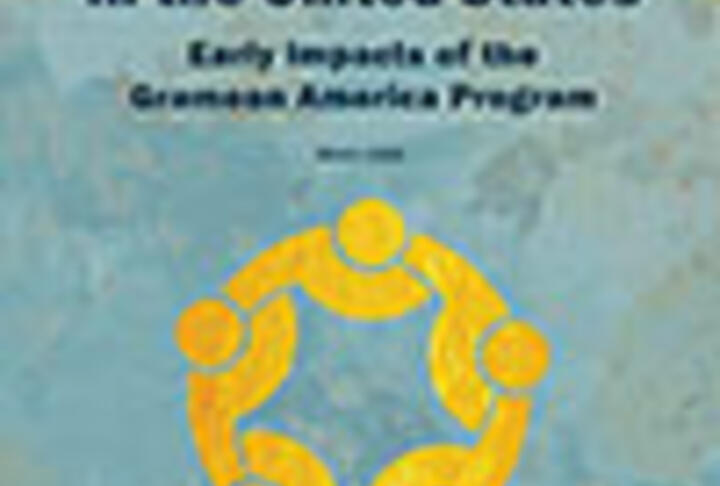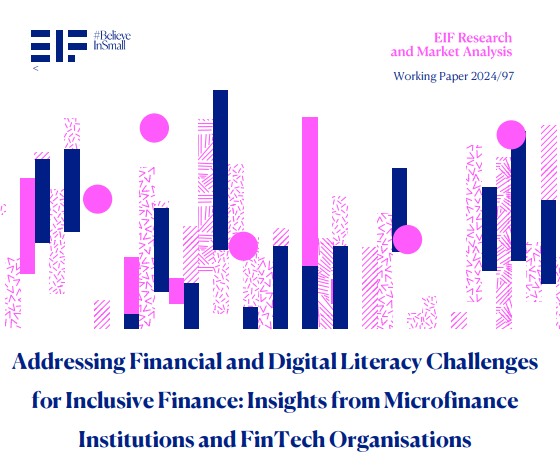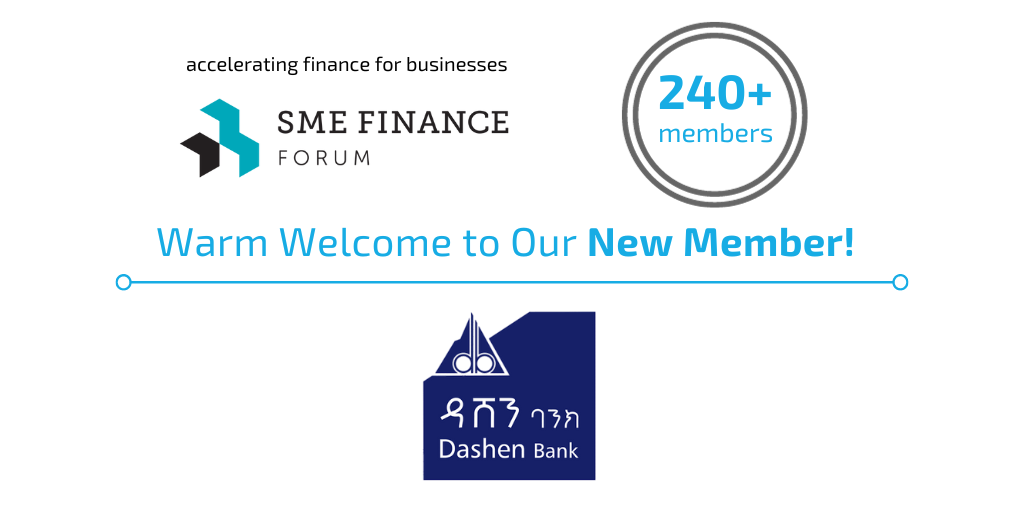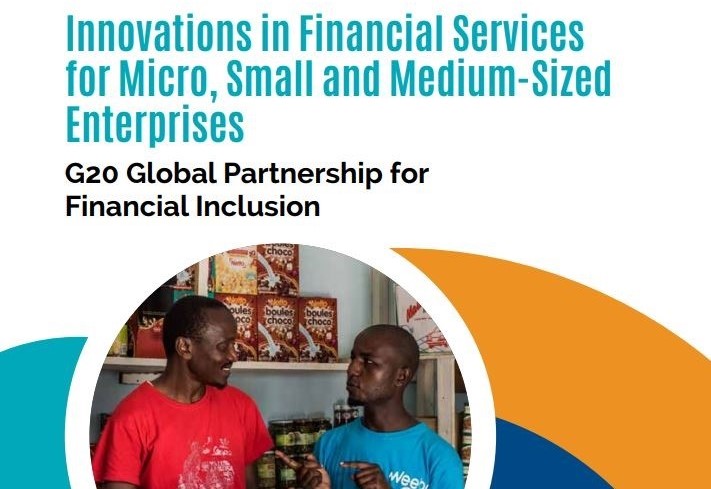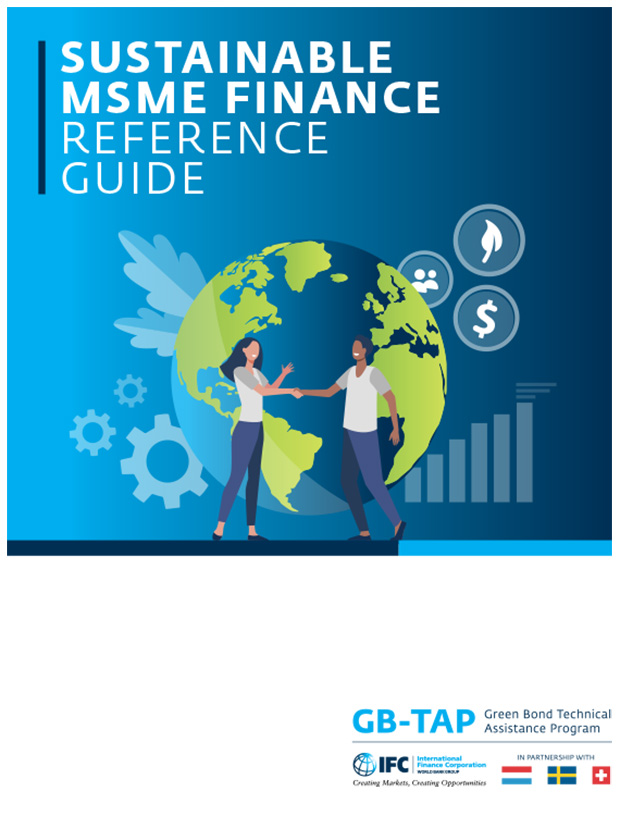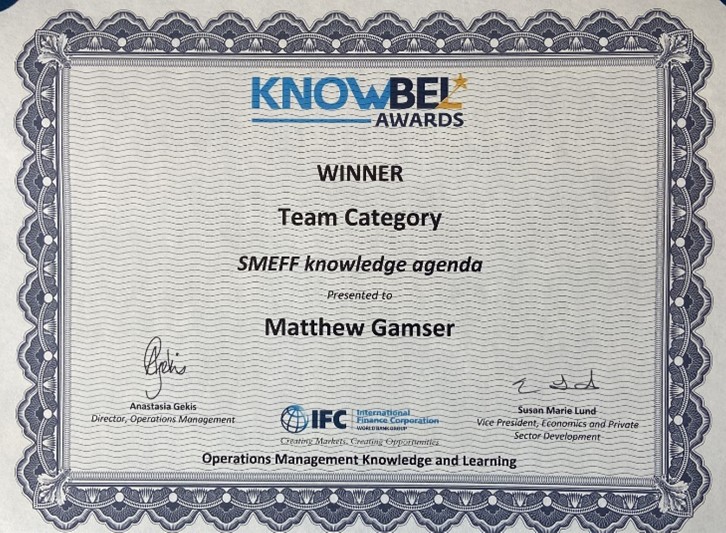This report summarizes early findings from the evaluation of the Grameen America program, a microfinance model that provides loans to low-income women in the United States who are seeking to start or expand their small businesses. The program is based on the Grameen Bank model developed in Bangladesh during the mid-1970s. Its objective is to reduce poverty through the provision of loans, financial training, and peer support.
Key Findings
- Initial findings from in-depth interviews with program participants indicate that borrowers often combine multiple sources of income to make ends meet. These findings suggest that the extent of investment in a small business may be contingent on other sources of income and specific household economic circumstances.
- Six months after enrolling in the study, Grameen America group respondents are more likely to be operating their own business than control group respondents.
- The Grameen America program produced improvements in several measures of material hardship— for example, how often the respondent ran out of money in the three months preceding the survey, the respondent’s ability to afford necessities, and the respondent’s current financial situation compared with the previous year. These effects are encouraging, as it is often difficult for any intervention to have an impact on measures of material hardship.
- Grameen America group members were more likely than control group members to have established a credit record and have a VantageScore (an alternative to the more commonly used FICO credit score), and to have a “prime” VantageScore (a score in the highest range, between 650 and 850) at 7 to 12 months after study entry. This effect is promising: Credit scores are linked to access to mainstream financial markets, lower interest rates, and better employment opportunities.


